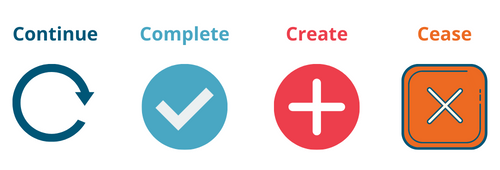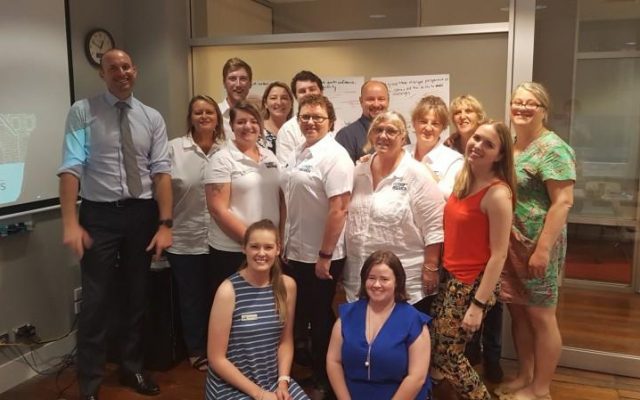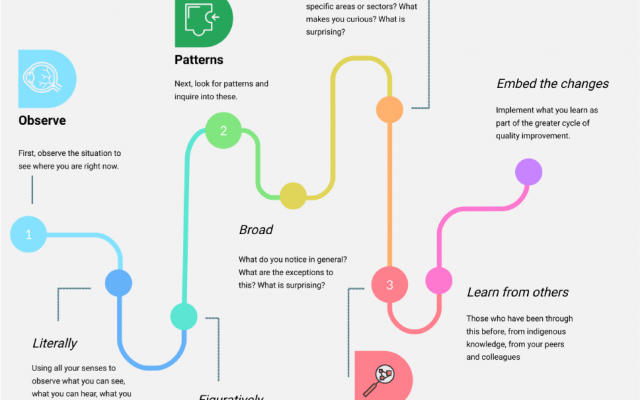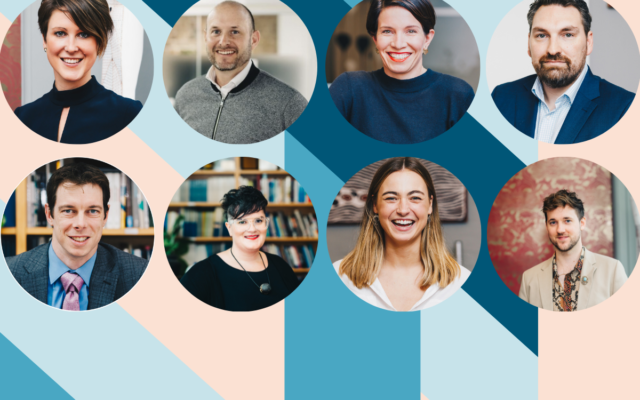
How evaluation knowledge and skills can enhance disability inclusion action planning
The Disability Discrimination Act 1992 (Cth) encourages organisations to develop plans to eliminate discrimination against people with disability, address structural discrimination and promote the rights of people with disability. Each jurisdiction legislates differently to require organisations to develop a Disability Inclusion Action Plan (DIAP or DAP) but given 1 in 6 Australians experience disability[1], it’s likely that most organisations will need a DIAP.
DIAPS are informed by the social and human rights models of disability – that people are disabled by their environment, systems and society – and aim to remove the barriers impeding people from living the lives they want to live. They aim to improve organisational diversity, which helps the organisation to better serve everyone.
A DIAP isn’t just for people with disability – its actions have flow-on benefits to the whole community. For example, designing physical infrastructure for wheels benefits not only wheelchair and mobility aid users, but also pram users and pedestrians. Making council systems and processes more accessible helps everyone, including people whose first language is not English, to interact with council.
Once a DIAP is in place, it needs to be reviewed regularly. This ensures it addresses the community’s current needs and priorities. We recently consulted with stakeholders and communities to inform reviews of DIAPS for Hornsby and Ryde Councils.
In this blog, we share our three-step approach to developing DIAPs (review, consult and develop), and how an evaluative mindset can strengthen your DIAP.
Underpinning principles
There are two principles underpinning our work on DIAPs.
- We are committed to the principle of ‘nothing about us without us’. We involve people with lived experience in designing and reviewing DIAPs. Often, this means having people with disability—including consultants and/or an advisory group—involved on the project team, as well as participants in the consultation. Our advisory groups typically involve stakeholders from two groups:
- internal to our client’s organisation, including staff with disability, to bring an organisational perspective and;
- the broader community, aiming for a diverse membership of local people with a range of disabilities, as well as support workers and carers, and service providers. (We try to have representation from both community-based service providers and larger state-wide or national service delivery bodies. This ensures both a local perspective, as well as an informed view on larger sectoral issues, changes or emerging new directions to be planned for.
- Our work is also informed by the 7 Principles of Universal Design: equitable use; flexibility in use; simple and intuitive use; perceptible information; tolerance for error; low physical effort and size and space for approach and use. (Read more about the Universal Design Principles here).
Step 1 Review
Our first step is to look at the current policy state, to see if there have been changes to requirements about how Disability Inclusion Action Planning is undertaken and delivered. Understanding local demographics is also important, as the consultation and resulting DIAP need to be inclusive and responsive to trends in the local community. (For example, it may need to be translated into the languages spoken locally; and the area’s age demographics and emerging communities need to be considered).
We typically review secondary documents (e.g., annual reports and other documents on performance and deliverables) to determine which of the previous DIAP’s actions have been achieved and identify any continuing areas of priority. Then, with stakeholder input, we review reported progress against each action and map them against 4Cs – continue, complete, create, or cease.

Step 2 Consult
We then undertake a range of consultations with both organisational stakeholders and staff, and community members and service providers. This is often done through a combination of surveys and interviews, as well as group consultations.
Delivering an internal survey to organisational staff often provides a good sense of disability awareness and understanding within the organisation, and how embedded the previous DIAPs actions are within the day to day operations and performance planning of the organisation.
Step 3 Develop
Once our consultation is finished, we analyse the data, and compare and contrast feedback from internal stakeholders with that of the external community and groups. We look to see where there’s alignment, and differences and why. For example, service providers represent disability communities but may have different priorities to people with disability themselves.
Then we look back at the actions mapped against the 4Cs and begin to build them out based on the priorities we’ve heard in our consultations.
Why are evaluation skills useful in this work?
Evaluators can often bring a different lens to the work of developing and reviewing DIAPs than other practitioners doing this work. We bring our knowledge of how to design good systems to measure performance, which help to empower communities to engage in the planning and review processes, and to hold organisations accountable for achieving their planned actions.
Our experience in forming and guiding successful advisory groups helps to ensure actions are designed collaboratively with people with disability, and with accountability too. We’re really pleased that on one of our DIAP review projects, our client has chosen to continue working with the external advisory group we set up for the review. This group has now been formalised as an ongoing consultation group who will help them to understand the needs of the community and deliver on their plan going forward.
The knowledge evaluators bring from our work ‘across levels’ from the macro (national) to the micro (community and individual) helps us to craft actions that are achievable, and allows us to see and plan for the broader societal barriers that may exist to achieving them.
We also bring a knowledge of the broader systems of funding and responsibility at different levels of government, which further helps to inform the feasibility of actions. Sometimes we can even connect organisations with other access and inclusion initiatives we know about through our work, to allow them to implement greater impact with the resources they have.
Interested in knowing more about our work on DIAPS? See:
https://www.artd.com.au/news/increasing-access-and-inclusion-in-fairfield/
https://www.artd.com.au/news/planning-with-people-with-disability/
References
[1] https://www.aihw.gov.au/reports/disability/people-with-disability-in-australia/contents/people-with-disability/prevalence-of-disability




